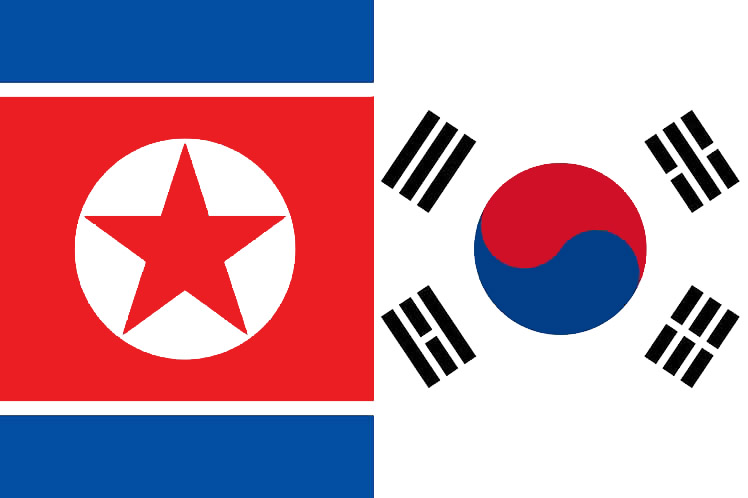According to press reports, the Democratic People’s Republic of Korea (DPRK) first fired an intercontinental ICBM missile at around 07:40 hours and later sent two projectiles into eastern waters.
The action entailed Japan issuing alarms on telephones, radios, and loudspeakers, suspending train service, ordering evacuation to subway shelters, and the returning to land of fishermen in the northern prefectures of Miyagi, Yamagata, and Niigata.
South Korea and the United States responded by extending, without a set date, the Vigilant Storm maneuvers that were to conclude on Friday and also mobilized more than 200 warplanes, including 35 jet fighters , for new drills.
On Wednesday, Seoul and Pyongyang exchanged missile launches in waters close to their coasts, just ten days after a similar incident.
All events further worsened the security situation on the peninsula and sowed further distance between the two Koreas, although, in April, their governments vowed an improvement in the bilateral relations.
Denuclearization and the rapprochement between Seoul and Pyongyang were on hold following the failed summit in Vietnam of DPRK leader Kim Jong-un and former US President Donald Trump in February 2019.
jrr/iff/mem/ymr










